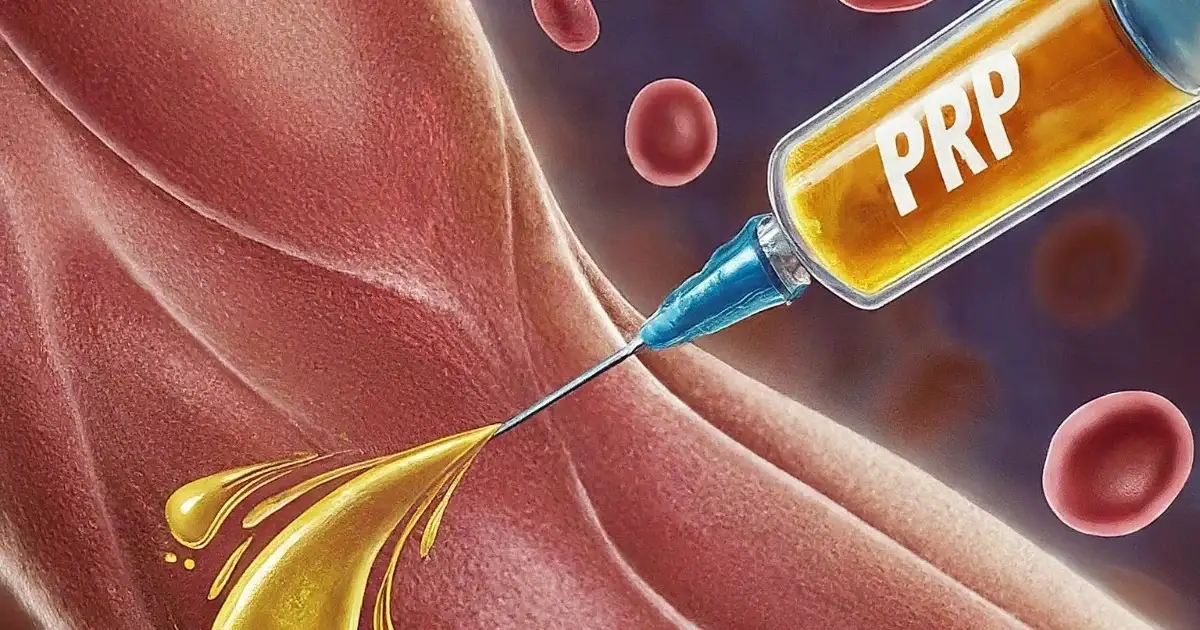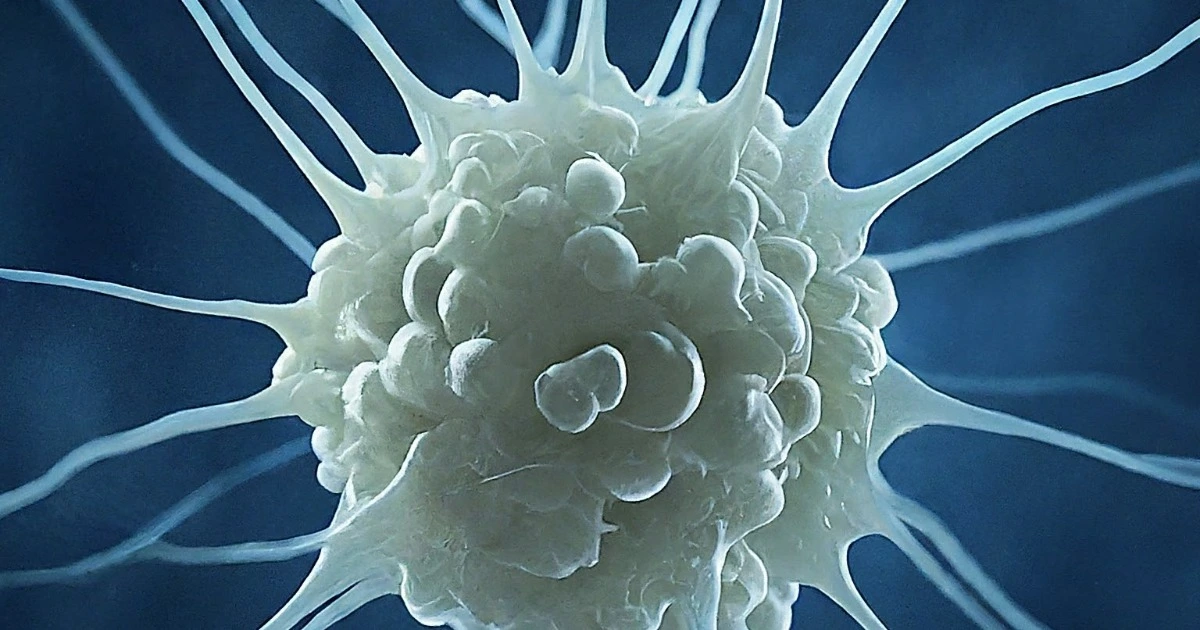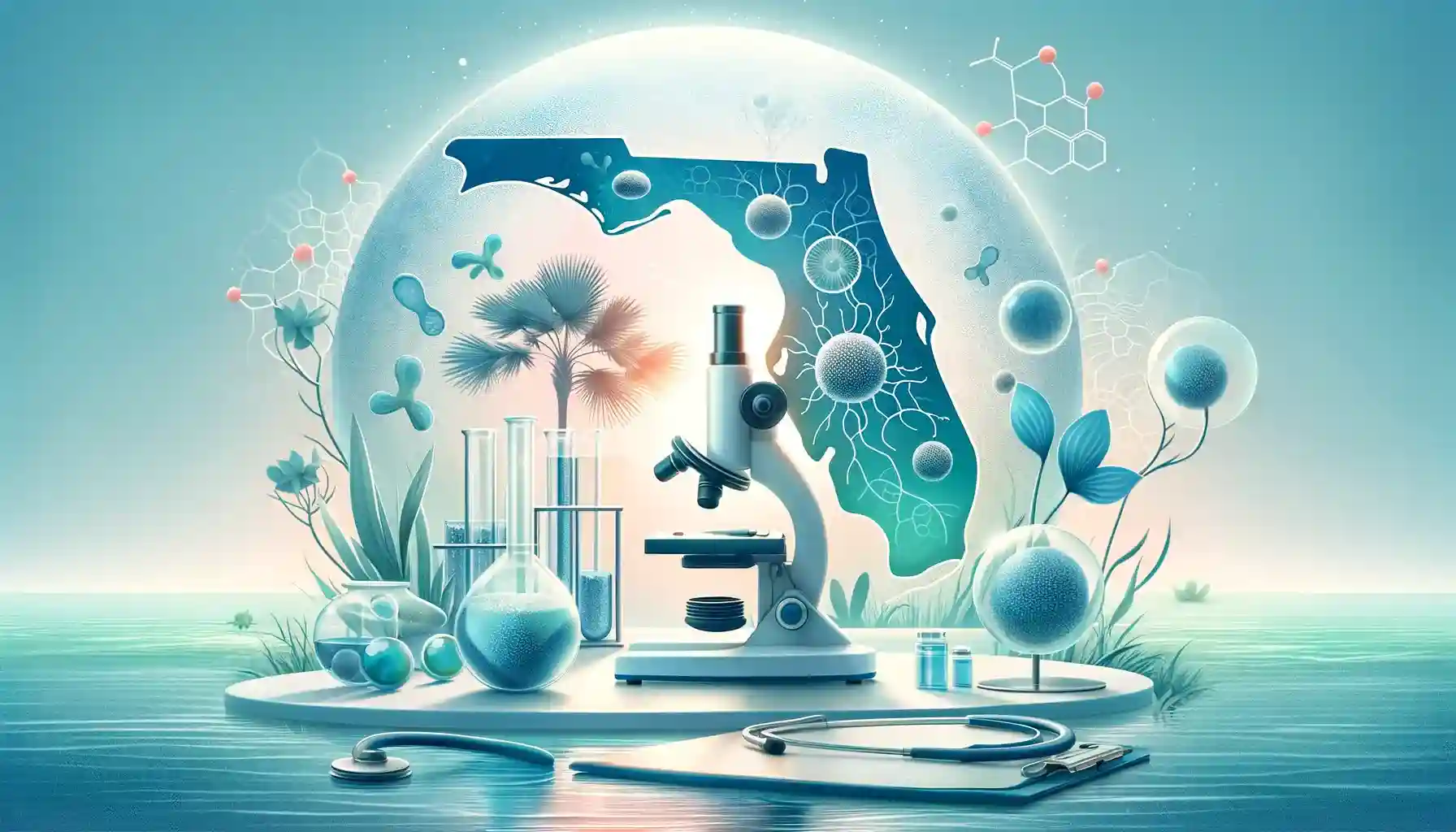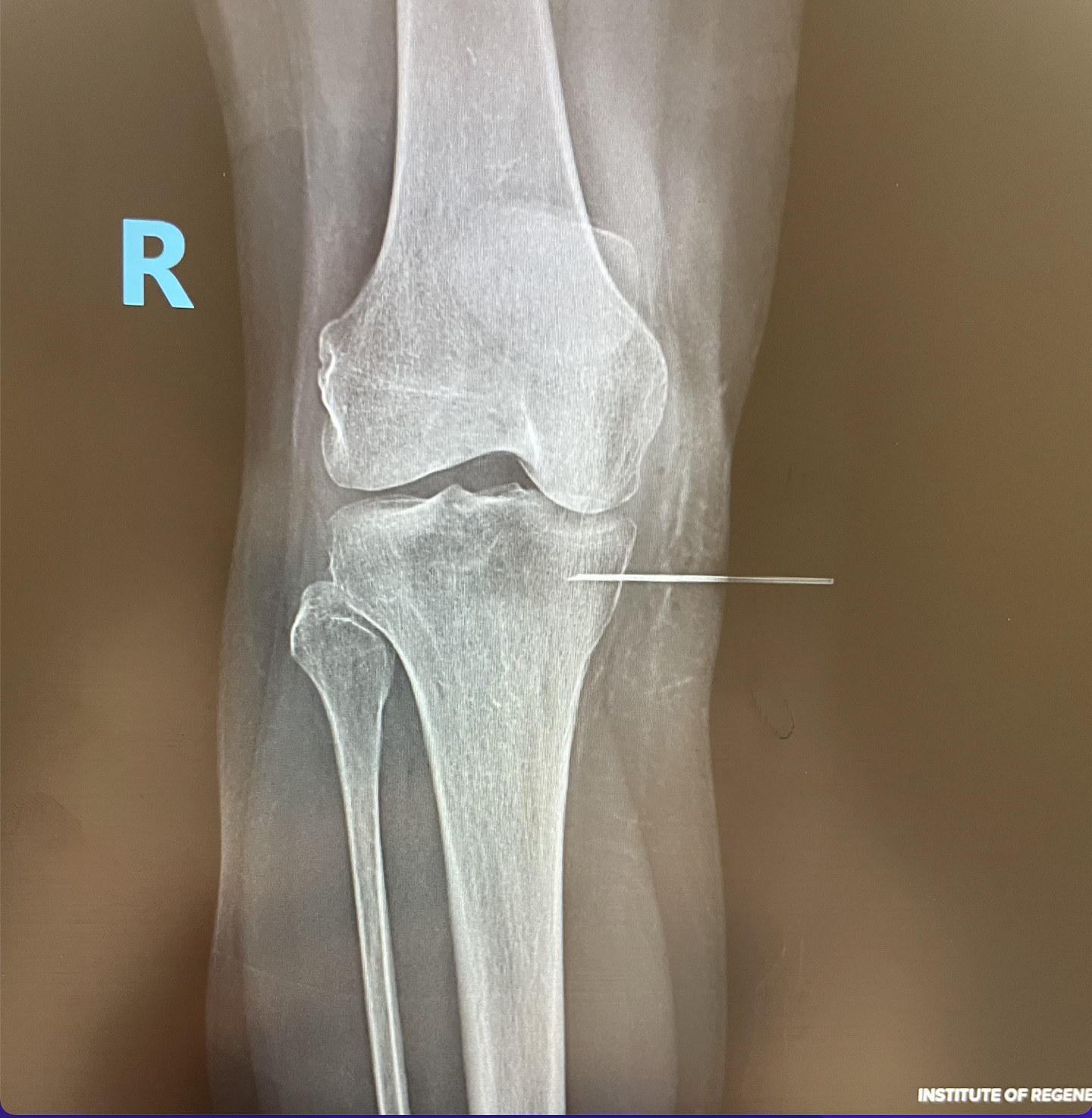Stem Cell Therapy: Unlocking the Potential of Regenerative Medicine
Introduction to Stem Cell Therapy
Stem cell therapy represents a groundbreaking approach in the field of regenerative medicine. This article delves into the fascinating world of stem cells and explores the immense potential they hold in revolutionizing medical treatments and promoting natural healing.
What are stem cells?
At the core, stem cells are undifferentiated cells that possess the remarkable ability to develop into various specialized cell types in the body. They can self-renew and divide to produce more stem cells or differentiate into specialized cells with distinct functions.
The concept of regenerative medicine
Regenerative medicine aims to harness the power of the body’s own regenerative capabilities to repair, replace, or restore damaged tissues and organs. Stem cells are a key component of regenerative medicine, offering a promising avenue for addressing a wide range of medical conditions. Furthermore, using regenerative medicine in orthopedics is referred to as orthobiologics. In addition, the Institute of Regenerative Orthopedics & Sports Medicine and Dr. Gonzalez specializes in these treatments.
Understanding the potential of stem cell therapy
Stem cell treatments hold immense potential in the field of medicine. Eventually, by utilizing the regenerative properties of stem cells, this therapy aims to promote healing, tissue regeneration, and functional restoration in patients. From orthopedic conditions to neurological disorders, stem cells show promise in addressing various ailments.
Types of Stem Cells Used in Therapy
Stem cells used in therapy can be categorized into different types, each with its unique characteristics and applications.
Embryonic stem cells
Embryonic stem cells are derived from embryos during the early stages of development. These cells are pluripotent, meaning they have the ability to differentiate into any cell type in the body. Due to their versatility, embryonic stem cells have significant potential for regenerative medicine. In addition, embryonic cells are considered illegal and therefore not used in the United States.
Adult stem cells
Adult stem cells are found in various tissues throughout the body, such as bone marrow, adipose tissue, and blood. These cells are multipotent, which means they can differentiate into a limited range of cell types specific to the tissue from which they are derived. Additionally, adult stem cells play a crucial role in maintaining and repairing tissues.
Induced pluripotent stem cells (iPSCs)
Induced pluripotent stem cells are generated by reprogramming adult cells, such as skin cells, to revert back to a pluripotent state. Furthermore, iPSCs have similar characteristics to embryonic stem cells and offer potential advantages in regenerative medicine, as they can be derived from a patient’s own cells, reducing the risk of rejection.
Mesenchymal stem cells (MSCs)
Mesenchymal stem cells are a type of adult stem cell commonly found in bone marrow, adipose tissue, and other connective tissues. These cells have the ability to differentiate into various cell types, including bone, cartilage, and fat cells. MSCs are known for their immunomodulatory and anti-inflammatory properties.
III. How Stem Cell Therapy Works
To understand the mechanism behind stem cell therapy, it is crucial to explore how stem cells interact with the body and facilitate healing.
Differentiation and specialization of stem cells
When administered to a patient, stem cells have the remarkable ability to differentiate into specific cell types, replacing damaged or diseased cells. Moreover, this process helps regenerate tissues and restore their normal function.
Methods of delivering stem cells to the body
Stem cells can be delivered to the body through various methods, including intravenous infusion, localized injections, or surgical implantation. The chosen method depends on the target tissue or organ and the desired therapeutic outcome.
Interaction with damaged or diseased tissues
Once inside the body, stem cells migrate to the damaged or diseased areas, guided by chemical signals. They then integrate within the tissue microenvironment and interact with the surrounding cells. Through paracrine signaling and cell-to-cell communication, as a result stem cells exert their therapeutic effects by promoting tissue regeneration, reducing inflammation, and modulating the immune response.
4. Stimulating the body’s natural healing process with stem cell therapy.
Stem cells not only directly participate in tissue repair but also stimulate the body’s innate healing mechanisms. They release bioactive molecules, growth factors, and cytokines that promote angiogenesis (formation of new blood vessels), enhance cell survival, and also encourage tissue remodeling. This collaborative effort between stem cells and the body’s natural processes accelerates the healing process and enhances functional recovery.
IV. Benefits of Stem Cell Therapy
Stem cells offers a multitude of potential benefits that make it a promising treatment option for various medical conditions.
1. Tissue regeneration and repair
The regenerative properties of stem cells enable them to regenerate damaged tissues and promote the growth of healthy cells. Besides this capability holds tremendous potential for treating conditions that involve tissue degeneration or injury, such as osteoarthritis, spinal cord injuries, and chronic wounds.
2. Anti-inflammatory effects
Stem cells have been shown to possess powerful anti-inflammatory properties. By modulating the immune response and reducing inflammation, in addition stem cell treatments can alleviate symptoms and promote healing in conditions characterized by chronic inflammation, such as rheumatoid arthritis and inflammatory bowel disease. As a result, orthopedic and sports medicine condition can be treated effectively because of this anti-inflammatory effect.
3. Modulation of the immune system
Stem cells have the ability to regulate the immune system by suppressing excessive immune responses and promoting immune tolerance. This immunomodulatory effect makes stem cells a potential option for autoimmune diseases, where the immune system mistakenly attacks healthy tissues. In addition, many conditions like osteoarthritis can be treated by the best doctor Dr. Gonzalez.
4. Potential for treating various medical conditions
Stem cell treatments shows promise in addressing a wide range of medical conditions, including orthopedic injuries, neurological disorders, autoimmune diseases, cardiovascular conditions, dermatological conditions, diabetes, and more. Ongoing research and clinical trials continue to explore the potential applications of stem cells across various fields of medicine.
V. Conditions Treated with Stem Cell Therapy
Stem cells holds the potential to provide effective treatments for an array of medical conditions. Here are some notable conditions where cell based therapy has shown promise:
1. Orthopedic conditions
Stem cell offers a novel approach to treating orthopedic conditions, such as joint pain, osteoarthritis, tendon and ligament injuries, and fractures. By promoting tissue regeneration and modulating inflammation, stem cells have the potential to alleviate pain, improve mobility, and enhance overall joint function. Correspondingly, when we treat orthopedic conditions with regenerative medicine we called his ortho Biologics.
2. Neurological disorders
Neurological conditions like Alzheimer’s disease, Parkinson’s disease, stroke, and spinal cord injuries pose significant challenges in traditional treatment approaches. Stem cells offers hope by potentially regenerating damaged neurons, promoting neural repair, and improving functional outcomes.
3. Autoimmune diseases
Autoimmune diseases, including multiple sclerosis, lupus, rheumatoid arthritis, and Crohn’s disease, involve an overactive immune system that mistakenly attacks healthy tissues. Stem cell’s immunomodulatory properties can help regulate the immune response, potentially reducing disease activity and improving the quality of life for affected individuals.
4. Cardiovascular diseases
Heart failure, ischemic heart disease, and other cardiovascular conditions are major causes of morbidity and mortality worldwide. Stem cell therapy aims to repair damaged cardiac tissues, enhance heart function, promote blood vessel formation, and improve the overall prognosis for individuals with cardiovascular diseases.
5. Dermatological conditions
Burns, chronic wounds, and other dermatological conditions can greatly impact a person’s well-being and quality of life. Stem cell therapy holds promise in promoting wound healing, skin regeneration, and scar reduction, potentially improving outcomes for individuals with such conditions.
6. Other conditions
In addition to the mentioned conditions, stem cell therapy is being explored for its potential in addressing diabetes, kidney disease, liver disease, pulmonary conditions, and more. Ongoing research and clinical trials are continuously expanding the horizons of stem cell therapy, uncovering new possibilities for treatment across various medical fields.
VI. The Process of Stem Cell Therapy
Understanding the process involved in stem cells can provide insights into the patient journey and the steps taken to ensure safe and effective treatment.
1. Initial consultation and medical evaluation
The process begins with an initial consultation with a medical professional experienced in stem cells. The patient’s medical history, condition, and treatment goals are evaluated to determine the suitability of stem cell therapy as a treatment option.
2. Collection of stem cells
Stem cells can be obtained from various sources, such as bone marrow, adipose tissue, or umbilical cord blood. The collection method depends on the type of stem cells chosen for the therapy. For example, bone marrow-derived stem cells may be collected through a minimally invasive procedure, while adipose tissue-derived stem cells can be obtained through liposuction.
3. Laboratory processing and expansion of stem cells
Once collected, the stem cells undergo rigorous laboratory processing. This includes isolation, purification, and in some cases, expansion of the stem cell population to ensure an adequate number of cells for therapeutic purposes. The cells are carefully handled to maintain their viability and functionality.
4. Administration of stem cells to the patient
The delivery method of stem cells depends on the target area or condition being treated. Stem cells can be administered through intravenous infusion, localized injections, or surgical implantation. The medical professional will determine the most appropriate route of administration to maximize the therapeutic effects.
VII. Safety and Risks of Stem Cell Therapy
As with any medical procedure, it is essential to consider the safety and potential risks associated with stem cell therapy.
1. Potential side effects and complications
While stem cells is generally considered safe, there can be potential side effects and risks. These can include infection at the injection site, allergic reactions, immune rejection, and the rare possibility of tumor formation. However, the overall risk profile depends on the specific type of stem cells used, the delivery method, and the patient’s individual circumstances.
2. Ethical considerations and controversies
The use of embryonic stem cells has been a subject of ethical debate due to their origin from human embryos. However, alternative sources of stem cells, such as adult stem cells and induced pluripotent stem cells, offer ethically viable options for therapeutic use. Strict adherence to ethical guidelines and regulations is crucial in the field of regenerative medicine.
3. Regulatory guidelines and oversight
Regulatory bodies play a vital role in ensuring the safety and efficacy of stem cell therapies. Each country may have its own regulations and guidelines regarding the use of stem cells in clinical settings. It is important for patients and medical professionals to seek treatment from reputable clinics or providers that adhere to the established regulatory standards.
VIII. Success Stories and Case Studies
Real-life success stories and case studies highlight the potential of stem cells and provide hope for individuals seeking innovative treatment options.
1. Real-life examples of patients who benefited from stem cell therapy
Sharing stories of individuals who experienced positive outcomes with stem cells can inspire others and offer a glimpse into the transformative potential of this treatment. These narratives can include personal accounts of patients who achieved significant improvements in their conditions, quality of life, and overall well-being.
2. Notable advancements and breakthroughs in the field
Highlighting notable advancements and breakthroughs in stem cells fosters awareness and excitement about the continuous progress being made in the field. From groundbreaking research discoveries to innovative treatment approaches, showcasing the latest developments can instill confidence in the potential of stem cell therapy and encourage further exploration.
IX. Current Research and Future Directions
Stem cells is a rapidly evolving field, with ongoing research and studies paving the way for future advancements.
1. Ongoing clinical trials and studies
Numerous clinical trials and studies are underway to evaluate the safety and efficacy of stem cell therapy for various conditions. These trials provide valuable insights into the optimal use of stem cells, dosage, delivery methods, and long-term outcomes. Patients interested in stem cell therapy can stay informed about ongoing research and potential opportunities to participate in clinical trials.
2. Emerging applications and potential future treatments
Researchers are continuously exploring new applications of stem cell therapy beyond the current scope. From exploring personalized medicine approaches to targeting specific disease mechanisms, the potential future treatments utilizing stem cells are vast. Promising areas of exploration include tissue engineering, organ transplantation, and gene editing technologies.
3. Areas of active research and exploration
Scientists are actively investigating different aspects of stem cell biology, including stem cell niche interactions, cellular reprogramming, and improving stem cell delivery and survival. Cutting-edge techniques such as gene editing, 3D bioprinting, and tissue engineering are being integrated with stem cell therapy to further advance the field.
X. Cost and Accessibility of Stem Cell Therapy
While stem cells shows great promise, it is essential to consider the cost and accessibility factors associated with this treatment. Moreover, Price ranges from 1000-50,000 dollars depending on many factors.
1. Factors influencing the cost of treatment
The cost of stem cell therapy can vary depending on several factors, including the type of stem cells used, the complexity of the condition being treated, the number of treatments required, and the geographical location. It is important for patients to thoroughly understand the cost implications and explore potential financing options or insurance coverage.
2. Insurance coverage and reimbursement options
Insurance coverage for stem cells varies and may depend on the specific country, healthcare system, and insurance provider. Some regenerative medicine procedures may be covered under specific circumstances, such as clinical trials or approved treatments for certain conditions. It is advisable for patients to consult with their insurance provider to determine coverage options.
3. Availability of stem cell therapy worldwide
The accessibility of stem cell treatments can vary globally. While some countries have well-established regulations and infrastructure for stem cell therapy, others may have more limited availability or stricter regulations. Patients seeking stem cell therapy should research reputable clinics or providers and consider international options if necessary.
XI. Alternative Treatments and Complementary Therapies
While stem cell injections offers a promising approach, it is important to explore alternative treatments and complementary therapies that can enhance overall outcomes.
1. Comparison with traditional treatment methods
Stem cell treatements can be compared to conventional treatment methods to evaluate its advantages, limitations, and potential synergies. Understanding how stem cells complements or differs from traditional approaches allows patients and medical professionals to make informed decisions regarding treatment options.
2. Integrative approaches for enhanced results
Integrating stem cell therapy with other complementary therapies, such as physical therapy, rehabilitation programs, nutritional support, and lifestyle modifications, can optimize the outcomes of treatment. An integrative approach addresses multiple aspects of healing and recovery, promoting holistic well-being.
XII. Understanding the Limitations of Stem Cell Therapy
While stem cell therapy holds immense promise, it is essential to recognize its limitations and manage expectations.
1. Not a cure-all solution
Stem cells may not be a cure-all solution for every medical condition. The effectiveness of treatment can vary depending on the individual’s unique circumstances, the nature of the condition being treated, and other contributing factors. It is important to have realistic expectations and discuss potential outcomes with the medical professionals involved
2.Individual variations in response to therapy
The response to stem cells can vary among individuals. Factors such as age, overall health, underlying medical conditions, and genetic factors can influence the outcomes of treatment. It is crucial to understand that not everyone may experience the same level of improvement or response to stem cell therapy.
3 Frequently Asked Questions (FAQs) about Stem Cells
Addressing common concerns and queries can provide valuable information to individuals considering or exploring stem cell therapy. Here are some frequently asked questions: Many of these questions are found in this article but always consult with healthcare doctor.
- What are the potential risks associated with stem cell therapy?
- How long does the treatment typically last?
- Are there any ethical concerns related to the use of stem cells?
- Is stem cell therapy covered by insurance?
- Are there any age restrictions for receiving stem cell therapy?
- Can stem cell therapy be combined with other treatments?
- How long does it take to see results after stem cell therapy?
- Are there any long-term effects of stem cell therapy?
- What is the success rate of stem cell therapy?
- Are there any alternatives to stem cell therapy for my condition?
4. Finding a Reputable Stem Cell Therapy Clinic or Provider
When considering stem cell therapy, it is crucial to research and choose a reputable clinic or provider. Here are some guidelines for finding a reliable stem cell clinic:
- Conduct thorough research: Gather information about the clinic’s credentials, experience, and reputation in the field of stem cell therapy.
- Seek recommendations and reviews: Consult with healthcare professionals, read patient testimonials, and seek recommendations from trusted sources.
- Look for regulatory compliance: Ensure that the clinic follows established regulatory guidelines and standards for stem cell therapy.
- Seek expert guidance and referrals: Consult with medical professionals who specialize in stem cell therapy to get expert guidance and potential referrals to reputable clinics or providers.
Preparing for Stem Cell Treatment.
Preparing for stem cells involves taking certain steps to optimize the chances of a successful treatment outcome. Here are some considerations:
- Follow pre-treatment instructions and guidelines provided by the clinic or medical professional.
- Ensure emotional and mental preparedness for the treatment journey.
- Establish a support system to help during the treatment and recovery period.
- Discuss any concerns or questions with the medical professionals involved in the treatment.
XVI. Post-Treatment Recovery and Follow-up
After undergoing stem cell therapy, post-treatment recovery and follow-up care are essential for monitoring progress and maximizing the benefits of the treatment. Considerations include:
- Regular monitoring of progress and assessments of treatment outcomes.
- Following rehabilitation and rehabilitation programs as recommended by the medical professionals.
- Long-term care and maintenance strategies, such as lifestyle modifications and ongoing medical support.
Patient Testimonials and Personal Experiences
Patient testimonials and personal experiences provide valuable insights into the real-world impact of stem cells. First-hand accounts can offer a glimpse into the challenges faced, the treatment journey, and the outcomes achieved. Sharing these stories helps individuals gain a better understanding of the potential benefits and possibilities of stem cell therapy.
Conclusion: The Future of Stem Cells
Stem cell therapy holds immense promise as a groundbreaking approach to regenerative medicine. With its ability to promote tissue regeneration, modulate the immune response, and potentially treat a wide range of medical conditions, stem cells represents a significant advancement in healthcare. Ongoing research, technological advancements, and clinical trials continue to push the boundaries of this field, offering hope and encouraging advancements in patient care and medical science.
The future of stem cells is filled with exciting prospects, potential breakthroughs, and a profound impact on the lives of individuals seeking innovative treatment options. As the field of stem cell therapy continues to evolve, we can anticipate remarkable advancements and novel applications in the coming years. The integration of stem cell research with emerging technologies, such as gene editing and tissue engineering, opens up new avenues for personalized medicine and regenerative treatments.









